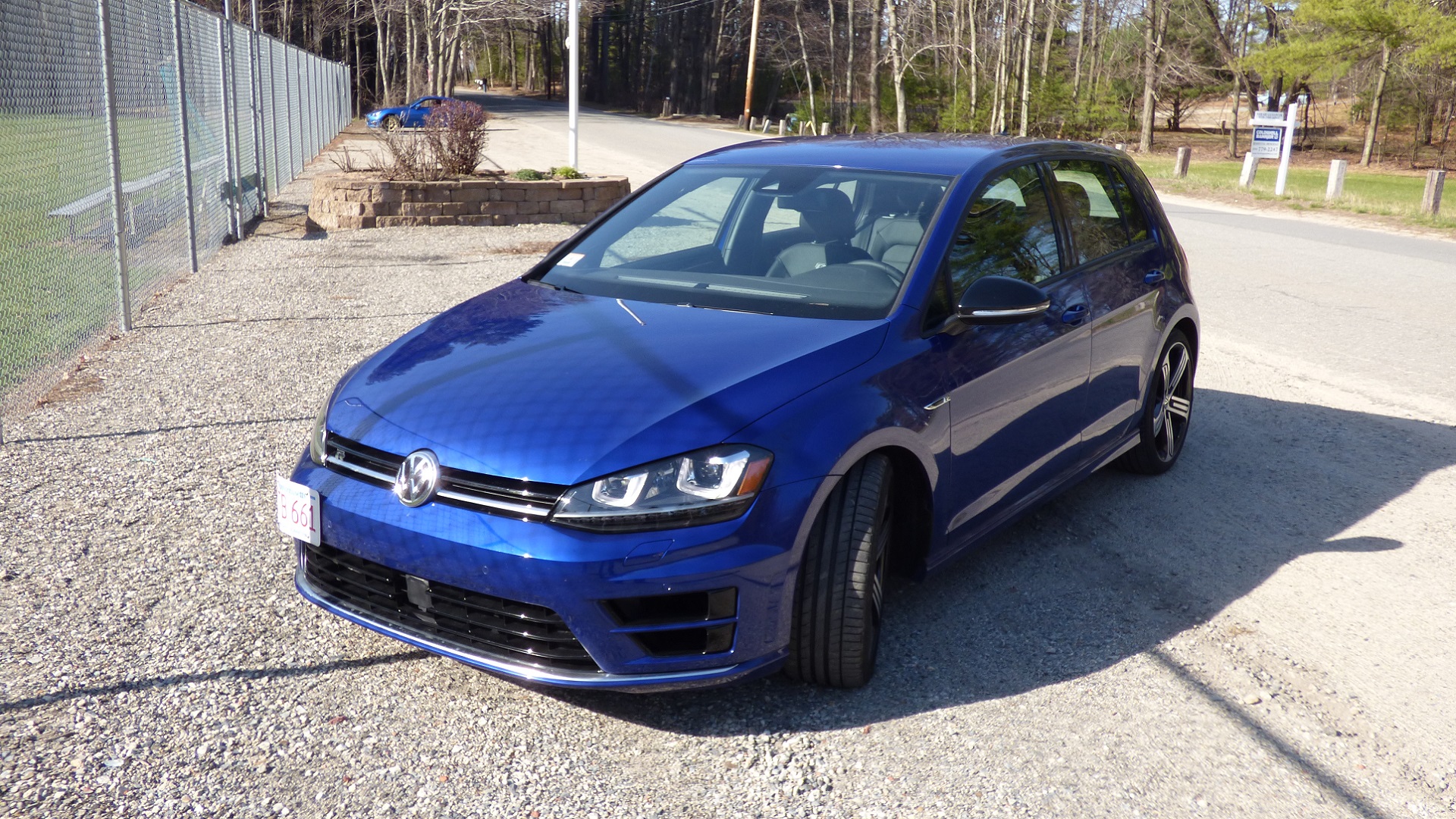

Volkswagen has been making the VR6 engine since the early 1990s. Its narrow-angle V configuration is a unique way to cram six cylinders into a space where four would normally go, using only one head instead of two like a true V6. This enabled models from the top-end Passat all the way down to the Golf and Jetta to keep up with the straight-six engines from BMW and Mercedes. Plus their unique sound, especially with an intake, is pleasing to the ears. But time seems to be running out for the VR6, as turbocharged 4-cylinders can now do everything the VR6 can and more.

Engineering Explained teamed up with VW aficionado the Humble Mechanic to examine why VW is offering the VR6 in less and less of its models. The main reason is that the 2.0 turbo generates similar horsepower, more torque, and best of all has a flat torque curve through much of its rev range. This is nothing new. The 1.8T in my 2003 Jetta offers the same benefits as its VR6 contemporary—plus it weighs less, which improves the car’s handling and braking.
Not only is the turbo four-cylinder just as powerful as the VR6, it’s also more fuel efficient. Eliminating two cylinders reduces rotating mass and the power it takes to move it, improving overall fuel economy. And when you do need the power, the small turbo spools quickly, all but eliminating lag.
Finally, VW is working on consolidating its platforms and drivetrains. The new Atlas is a seven-passenger SUV, yet its platform is fundamentally the same as the much smaller Golf. Its base 2.0-liter 4-cylinder engine is also shared with the Golf. The V6 option is really a 3.6-liter VR6, only available in the Atlas and the Touareg. The VR6 has disappeared from all of Volkswagen’s other models. Guess there is a replacement for displacement after all.